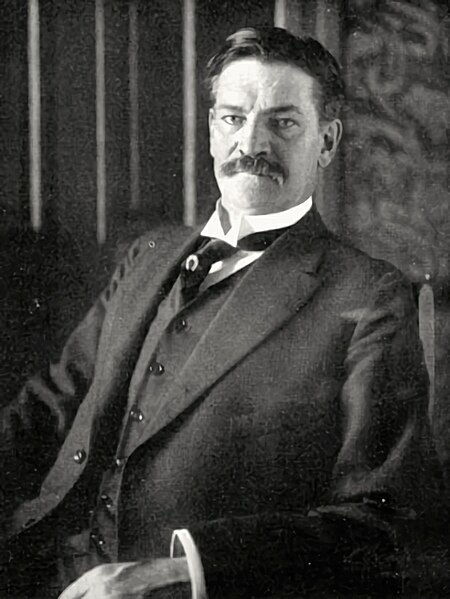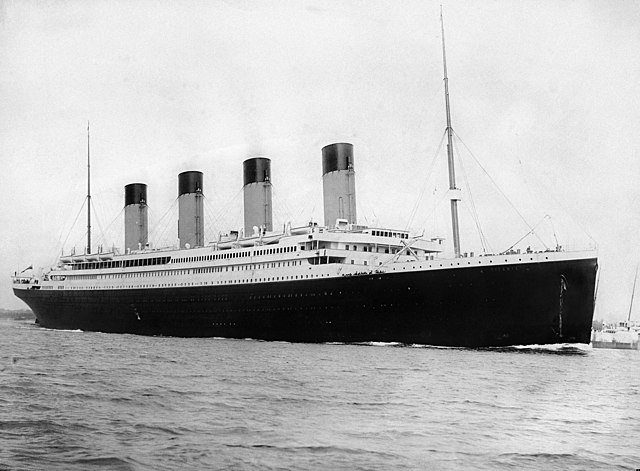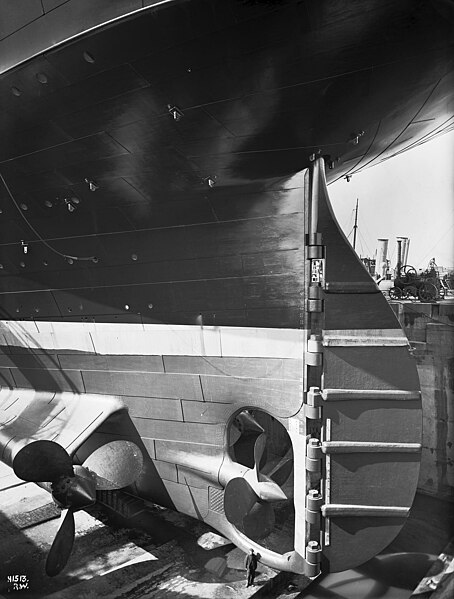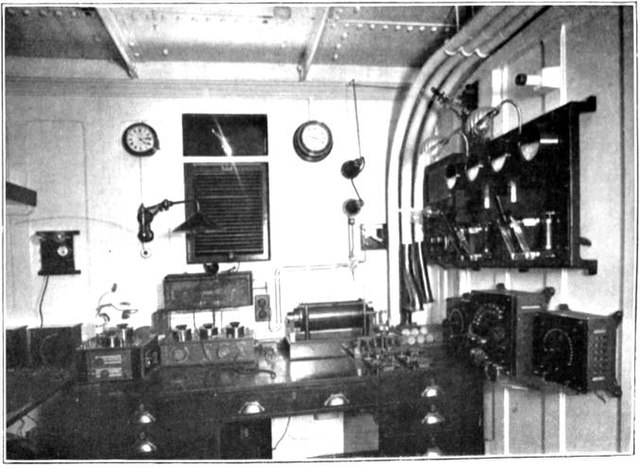Archibald Gracie IV was an American writer, soldier, amateur historian, real estate investor, and passenger aboard RMS Titanic. Gracie survived the sinking of the Titanic by climbing aboard an overturned collapsible lifeboat and wrote a popular book about the disaster. He never recovered from his ordeal and died less than eight months after the sinking, becoming the first adult survivor to die.
Archibald Gracie IV
Gracie's grave marker, Woodlawn Cemetery, Bronx
RMS Titanic was a British ocean liner that sank on 15 April 1912 after striking an iceberg on the ship's maiden voyage from Southampton, England to New York City, United States. Of the estimated 2,224 passengers and crew aboard, approximately 1,500 died, making the incident the deadliest sinking of a single ship at the time. Titanic, operated by the White Star Line, carried some of the wealthiest people in the world, as well as hundreds of emigrants from the British Isles, Scandinavia, and elsewhere in Europe who were seeking a new life in the United States and Canada. The disaster drew public attention, spurred major changes in maritime safety regulations, and inspired a lasting legacy in popular culture.
Titanic departing Southampton on 10 April 1912
RMS Olympic's rudder with central and port wing propellers; the man at the bottom shows scale.
Marconi Company receiving equipment for a 5-kilowatt ocean liner station in the wireless radio room of Titanic's sister ship, Olympic
The only known picture of Titanic's wireless radio room, taken by the Catholic priest Francis Browne. Harold Bride is seated at the desk.






